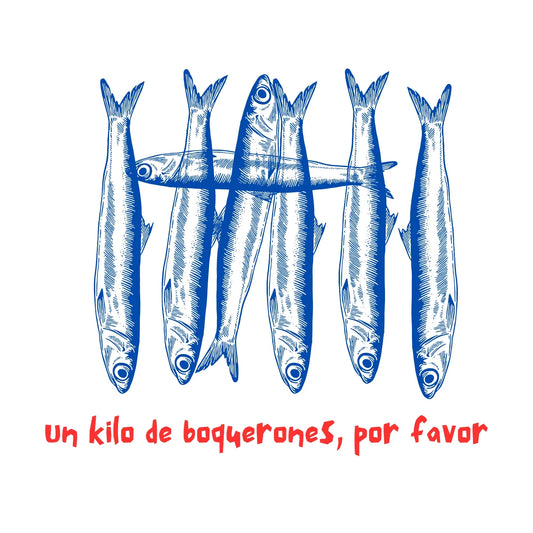According to the legend of the Popol Vuh, the Mayan "Bible", the twins Hunahpú and Ixbalanqué found the ball court their father had built. By playing on it, they so offended the Ajawab, the underground lords of Xibalba, that they were sent to the underworld. After overcoming various tests of life and death, in which the twins showed all their ingenuity and courage, they heroically defeated the Ajawab, the lords of Xibalba who live underground. They heroically defeated the Ajawab and the gods transformed the twins into the Sun and the Moon.
Did you know that at Fordivers, we design and produce clothing for diving enthusiasts? Top quality and worldwide shipping. Discover our t-shirts and sweatshirts for scuba divers here, as well as our collection of marine fauna.
This underworld, Xibalbá ("hidden place" in the Mayan language), is visited by thousands of divers each year when they dive the cenotes.
The Cenotes are as special for what they hide and what we do not know, as for what we can see and feel while immersed in them. To dive into the cenotes is not only to enter Mayan mythology. It is also to enter the soul of one of the most extraordinary and long-lived cultures to have inhabited the planet.
Just as the existence of the Egyptian Empire would have been impossible without the floods of the Nile, the Mayan Empire had an indispensable element in the Cenotes. They were essential to their development and survival as a civilization for no less than 30 centuries. Important cities of the empire like Chichén Itzá or Mayapán existed thanks to the water of the cenotes. Without them, the Maya would not have had so much fresh water in an area, the Yucatan Peninsula, that has no rivers or reservoirs.
The first nomadic civilizations entered this peninsula 9,000 years ago. They must have been amazed to find an orchard with so much fresh water. It is not for nothing that the Yucatan Peninsula has one of the largest bodies of fresh water on the planet. There are about 4,000 known cenotes, but it is believed that there are more than 100 times as many unknown ones.
The price of the rain
The Maya are credited with many advances, especially in the Classic period, the time of their greatest heyday. Between 250 B.C. and 900 A.D., they made outstanding advances in medicine, architecture, writing, commerce, astronomy, and mathematics. But like other Western cultures, such as Christianity, they were also notable for their lack of scruples when it came to asking for favors and thanking their gods. Their cruelty to the defeated in wars was also outstanding. The cenotes were an ideal terrain for all kinds of sacrifices and punishments.
The cenotes were the home of Tlaloc, the Mayan god of rain, to whom the people went when water was scarce. Various archaeological expeditions carried out in different cenotes show that the offerings found were used in rituals in pre-Hispanic times. Human bones, ceramic vessels, jade beads, round artifacts made of shell (probably blinkers identified with attributes of the god Tlaloc) or animal bones have been found. It is known that during the IX and X centuries the Mayas suffered two periods of great drought in the region. And there is also evidence of many remains in the form of offerings dedicated to the great Tlaloc during that time.

One of the best known rituals associated with the cenotes was called "Chen Ku". This ritual consisted of throwing victims into its waters, as in the well-known case of the Sacred Cenote of Chichén Itzá, also called "Cenote Chenkú". Legend has it that during certain festivities, servants and children were selected for sacrifice. So that the gods of fertility would provide good harvests and healthy offspring. During the various investigations carried out by the National Institute of Anthropology and History (INAH) in the 1960s, the skeletal remains of at least 42 individuals were recovered. However, it is estimated that the number of individuals lying under its waters must be much higher.
If you ever go diving in a cenote, think that you are not diving in a "simple jungle cave", you are diving in the history of the Maya. You are entering a unique world of legends, myths and fantasies that have been vital to the inhabitants of the Yucatan Peninsula for 30 centuries.
Sources:





















